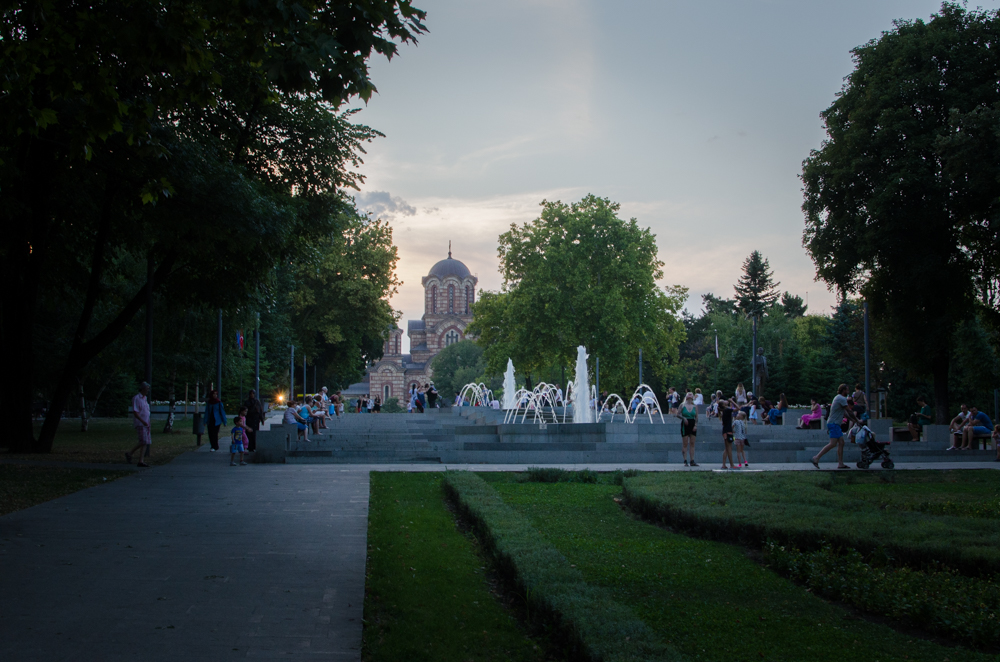Tasmajdan
Look at mapOne of the largest parks in Belgrade, it is located in the exact spot where there used to be an old quarry, which is where it got its name from (‘tas’ is Turkish for stone and ‘meydan’ is a place where stone is collected for the mines). Stories say that all the old buildings in Belgrade had been constructed using the stone gathered in Tasmajdan. In time the areas from which the stone had been extracted joined together to form peculiar catacombs which for a long time served as ammunition storage facilities, military storerooms or emergency bandaging rooms for the wounded soldiers.
In the broadest terms, Tasmajdan occupies the entire area ranging from the Ilija Garasanin and 27th March streets all the way up to Belgrade and Carnegie streets. The park itself begins from about 600m southeast of Terazije square and stretches across the southwestern part of Palilula.
This is the area where Karadjordje, along with his troupes, made an encampment during the siege of Belgrade in 1806. After the end of the second Serbian uprising, prince Milos Obrenovic instructed that the old Serbian cemetery from Varos-gate be moved to Tasmajdan. Among the most important historical events that took place here is certainly the reading of the sultan’s edicts about the internal independence of Serbia on 30th of November in 1830. Five years later the old St. Marko’s church was built in the Tasmajdan plateau, but subsequently destroyed during the bombing of Belgrade in 1941. A replacement church was eventually built in the same location.
 Foto: Petar Minić
Foto: Petar Minić




 2 ℃
2 ℃



